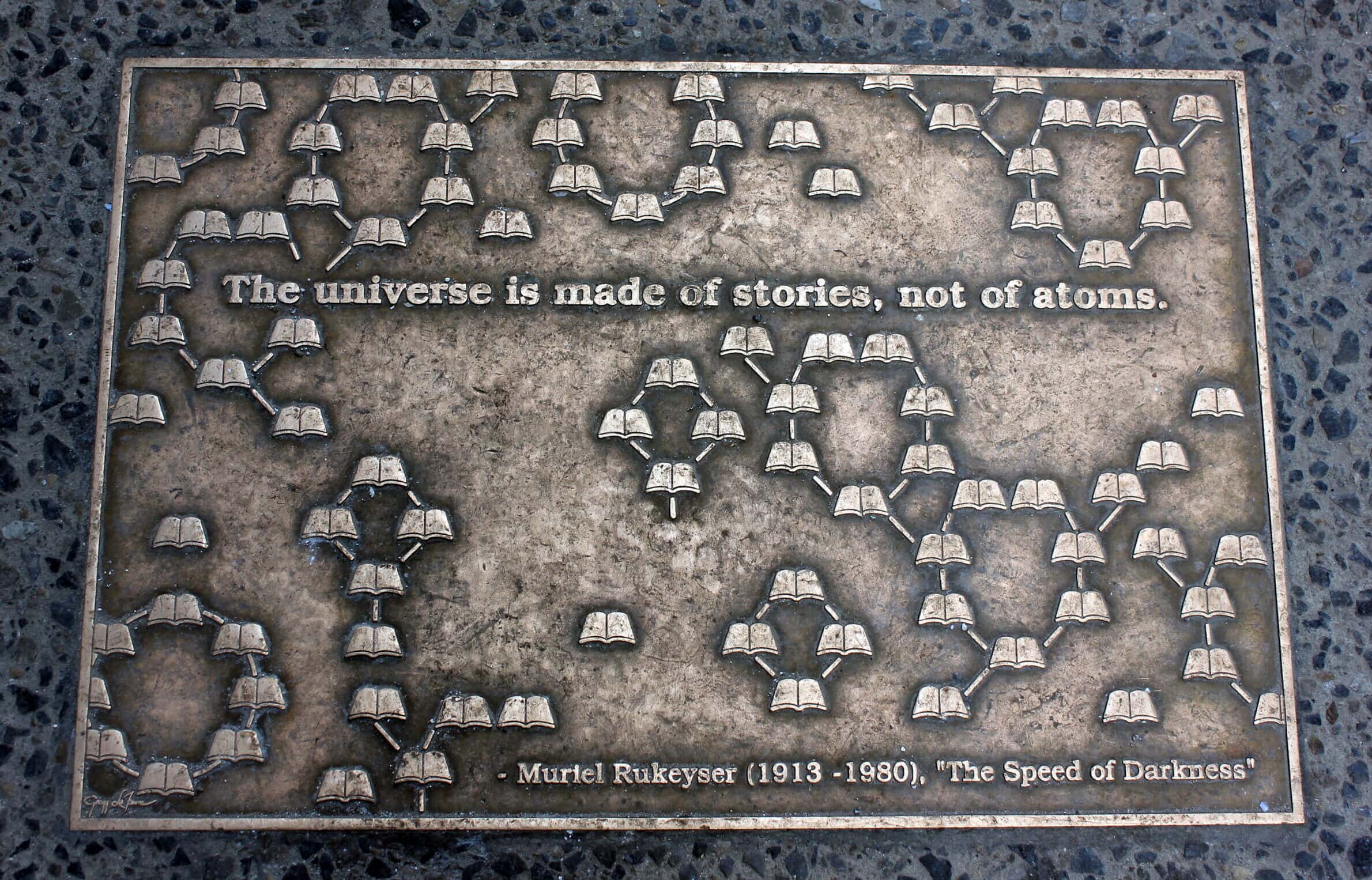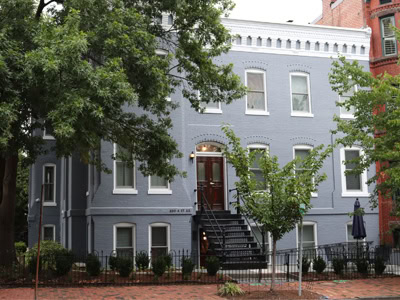“Era dulce tu memoria” (your memory was sweet), sang the poet.1 San Diegans may say the same of Spain. By building Mission San Diego de Alcalá in 1769, and establishing the first European settlement of any sort in California, Spain has stirred fond memories in nearly every corner of San Diego.
According to a tourist web site, Spain receives credit for making San Diego the “birthplace” of California. Spanish place names dot the region. The campuses of San Diego State and the University of San Diego, along with other sites in the city, feature buildings rendered in the style of the Spanish renaissance or the Spanish colonial period. Suburban tract homes in San Diego and other southern California cities feature white stucco walls and red tiled roofs that echo the houses of southern Spain. In one instance, a San Diego developer distributed an advertisement that promised prospective buyers a home where “Spanish silver dons” once rode the trails.2 It is not uncommon to meet San Diegans who claim that they are descended from Spanish settlers who colonized California, or say that long ago the King of Spain awarded their families a tract of land for faithful service.
Spain’s contributions to the region certainly deserve commemoration. Spanish conquistadores who marched with Cortés claimed Baja California for the Spanish Crown in 1533. Nine years later Juan Cabrillo added Alta, or upper, California to the king’s domain when he sailed past San Diego looking for the Strait of Anián, a sea route also known as the Northwest Passage. Cabrillo did not survive the trip—he apparently contracted a fatal infection after breaking his arm—but his crew traveled as far north as present-day Oregon. Spain proved slow in settling Alta California, or now simply California. But Spain did not forsake the territory. Up through the 17th century, Spanish expeditions sailed along the California coast to see where the Manila Galleons could drop anchor and refit before pressing on to Mexico. As it was, no Galleon put into a California harbor, but Spanish crews still plied the waters to chart the coastline.
When Russia proposed to settle California in the mid-1700s, the Spanish crown called upon Franciscan missionaries to secure its claim. The crown hoped that missionaries would convert Indians and convince them to become loyal and pious subjects of the realm. Father Junípero Serra built the mission in San Diego, and founded eight more before expiring from poor health and exhaustion. Eleven more missions rose during the Spanish era. (Mexico built the 21st, and last, mission north of San Francisco.)
To defend the priests, the crown ordered the construction of four presidios, or forts. The crown later supplemented the Franciscans’ efforts to develop California by establishing civil settlements. The pobladores, or settlers, received land, tools, and other inducements if they agreed to live in the new towns. San José, the first pueblo, or settlement, appeared in 1777, with Los Angeles (1781) and Branciforte, now present-day Santa Cruz (1797), following later. With missions, forts, and settlements in place, Spain ruled California until Mexico won its independence in 1821 and assumed the responsibilities of governance.
But the deeds that determine how, and why, Spain is remembered may be more complex than can be imagined. The student and scholar who examines the Spanish legacy may envision a story that unfolds in linear fashion. The details follow a progression, with events and the names of historical actors emerging at appropriate moments to lend meaning and coherence to the narrative. What emerges at the conclusion is an impression of permanence and certitude. There is a sense of what constitutes “Spain,” “settlers,” and “Indians.” But each category defies easy explanation.
In the modern age, what seems to be a “fact” becomes, when the person or event under study is measured against the standards of the period, more illusory. For example, when Cabrillo sailed off the California coast, Spain had only existed as a unified kingdom for 40 years. Many Spaniards who settled in San Diego, or passed through on their way to other sites in California, came from regions that possessed, and still possess, their own language and identity. Father Serra came from the island of Mallorca and apparently was quite comfortable speaking the local dialect. Pedro Font, one of Serra’s fellow Franciscans who wrote of his experiences in California, was born in Catalonia, a region long proud of its own culture and way of life. Pedro Fages, an army captain who, among other things, served as governor of California, also came from Catalonia. Juan Bautista de Anza, the military man who blazed a trail from northern Mexico to California, traced his heritage to the Basque region of Spain.
As a consequence, the idea of Spain, or who counts as a Spaniard, is a fluid notion. Even if the Spanish king, relying on Spanish law, exercised dominion, the practices that comprised daily life in California at once expand, and erase, a single, uniform Spanish way of life. The vast majority of California’s populace during the Spanish period claimed descent from the settlers and soldiers who came from Mexico, not Spain. They reflected the mestizo, or mixed Spanish and Indian, heritage of their place of origin. On occasion, California’s settlers, and their Mexican forebears who came north, seemed more indigenous than European. Of the first 40 individuals assigned to build Mission San Diego, eight were Indian converts from Baja California. In San Diego, and elsewhere, the settlers ate maiz and chile, foods first enjoyed by the Indians of central Mexico and other parts of the Americas. When the Spanish language proved inadequate to describe the natural world, the settlers no doubt used Indian terms to talk about the tecolotes (owls) and mapaches (raccoons) who found refuge in the nopales (cacti) sprouting close to town. If the settlers fell ill, they found cures in the herbs and potions first employed by the Indians of central Mexico, or relied on the California Indians’ knowledge of local plant life to find a remedy.
Other influences, too, above and beyond traditions originating in Spain, inspired the settlers, soldiers, and priests who came to San Diego and other parts of California. The settlements, for instance, followed patterns employed by the Romans, who, in antiquity, had colonized Spain and other areas of the Mediterranean. The Romans saw settlements as imperial vehicles. As the population grew, the towns would expand into the surrounding countryside and spread Roman influence. Thus, the Romans placed a plaza, or quadrangle, in the center of the settlement with the streets shooting off at right angles from each corner to ensure that the town expanded in an orderly manner. Each of the pueblos in California repeated the design, and while it is debatable if they grew in orderly fashion, the intent remains that the settlements served the imperial ambitions of the Spanish Crown.3
The Arabs, who had ruled Spain for nearly 800 years, left a legacy of ideas on how to shape and construct buildings. For instance, the carmen, from the Arabic word karm for vine, was an enclosed garden in the center or back of the home.4 The style, apparently little used in California during the Spanish era, became more popular under Mexican rule. Mission San Gabriel, north of San Diego and one of the grandest missions in California, possesses buttresses modeled after the mosque in Córdoba, Spain.5 Arabic often provided the vocabulary the settlers used in California. Alcaldes, from the Arabic word for judge, served as chief magistrates for the pueblos. The settlers and priests used the azote, once more borrowing from Arabic, to whip delinquents. When Indians threatened war or resisted conversion, they suffered ridicule as gandules, a version of the Arabic word for troublemaker or libertine.6
Thus the memory of Spanish settlement holds multiple meanings. Make no mistake: students and scholars require a progression of names and dates to understand what transpired in the past. But, in another sense, Spanish settlement prefigures the social and cultural variety that now graces San Diego and southern California. San Diego has one of the highest concentrations of Mormons and Somalis in the United States. Orange County, to the north of San Diego, is home to the nation’s biggest Vietnamese community. And still further north, the Los Angeles metropolitan area has the greatest number of Mexicans and Mexican-origin people outside of Mexico City. In time, these groups will only grow bigger and more influential. San Diego, then, as the “birthplace” of California, presents an image of Spain that accords quite well with the coming demographic changes of the 21st century. Spain, and its memory, is sweet indeed.
Notes
- St. John of the Cross, “Super Flumina -Babylonis” (“By the Waters of Babylon”), The Poems of St. John of the Cross, ed. and trans. Willis Barnstone (Bloomington: Indiana Univ. Press, 1972), 76–77. [↩]
- Brochure for Madiera at Del Sur, a housing development in northern San Diego County (Shea Homes, 2007), n.p. [↩]
- For more on urban design in the American Southwest, consult Dora Crouch, Daniel Garr, and Axel Mundingo, Spanish City Planning in North America (Cambridge: MIT Press, 1982), 153–72. [↩]
- John Messina, “La Casa Alamense: The Mexican Hacienda as Urban Dwelling,” Perspectives in Vernacular Architecture, vol. 12 (2005): 11–31. [↩]
- Diego Angulo and Helen B. Hall, “The Mudéjar Style of Mexican Architecture,” Ars Islamica 2, no. 2 (1935): 225–30. [↩]
- For the etymology of Spanish words used in the Old and New World, see Francisco Santamaría, Diccionario de Mejicanismos (Mexico: Editorial Porrua, S.A, 1992) and Diccionario de la Lengua Española, 2 vols. (Madrid: Real Academia Española, 1992). [↩]
Michael J. González is associate professor of history at the University of San Diego and author of This Small City Will Be a Mexican Paradise: Exploring the Origins of Mexican Culture in Los Angeles.


